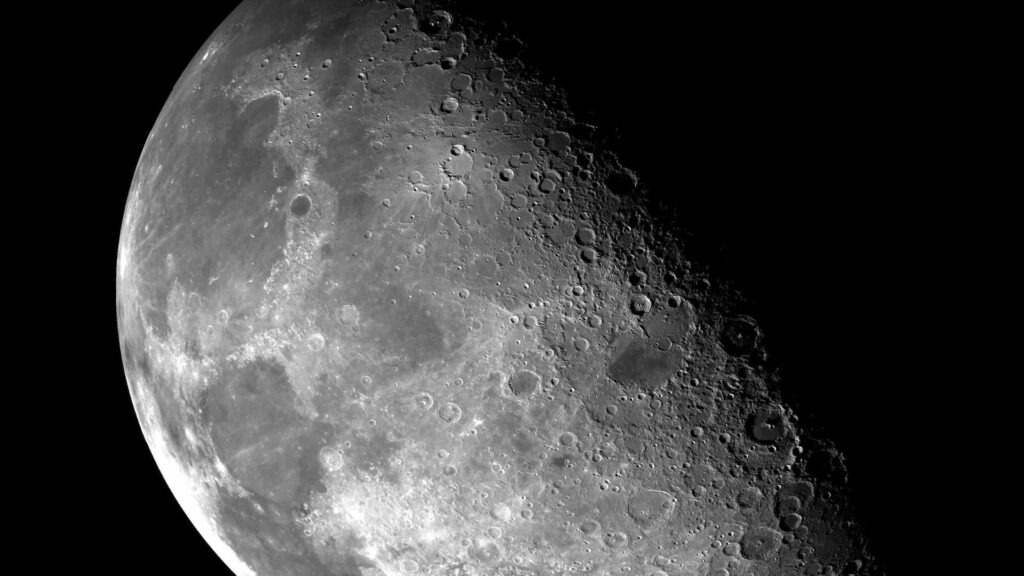The feasibility of space exploration is closely linked to the availability of fuel beyond our planet’s atmosphere.
The issue is crucial because it is much easier to launch spacecraft without having to overcome Earth’s gravity. The Moon, our artificial satellite, can become a natural launch pad for expanding human exploration of the Solar System, whereas until now we have had to limit ourselves to sending probes.
The Artemis mission will return humans to the Moon by the end of this decade, but this will only be the first step in a program aimed at permanent missions to our artificial satellite.
This is why it is so important to find and use in-situ resources, and the reason for the new agreement between ASI, the Italian Space Agency, and the Politecnico di Milano was born, an ambitious project to develop and validate one of the key technologies for a long-term human presence on our natural satellite. This is ORACLE (Oxygen Retrieval Asset by Carbothermal-reduction in Lunar Environment), a facility that will allow the extraction of oxygen from the lunar regolith, using a process that has already been studied and partially validated in the laboratory by the ASTRA group of the Politecnico di Milano. Regolith is the set of fragmented rocks that cover the lunar surface. Now, under the guidance of ASI, a validation in the target operational environment, i.e., on the lunar surface, is to be carried out by the end of this decade.
MIPRONS is developing a system for space engines with only water in the tank to move satellites into orbit and beyond. The system has been patented in several countries.
It could be the engine of the future, at least for space maneuvers. First of all, it is practical. Instead of loading high-pressure tanks to keep the two gases in a liquid state, they both come in the form of water, which is much easier to handle. Another major advantage over the current state of the art is the much higher thrust for the same amount of energy, which means faster movement.
But this is only the first step: imagining applications of the MIPRONS system on the Moon or other planets is possible. Theoretically, there is no limit to the increase in performance. And the water system projects the humanization of the planets. MIPRONS opens a line of research to produce water from lunar glaciers and biological waste from astronauts to be used as propellant for future interplanetary missions.

